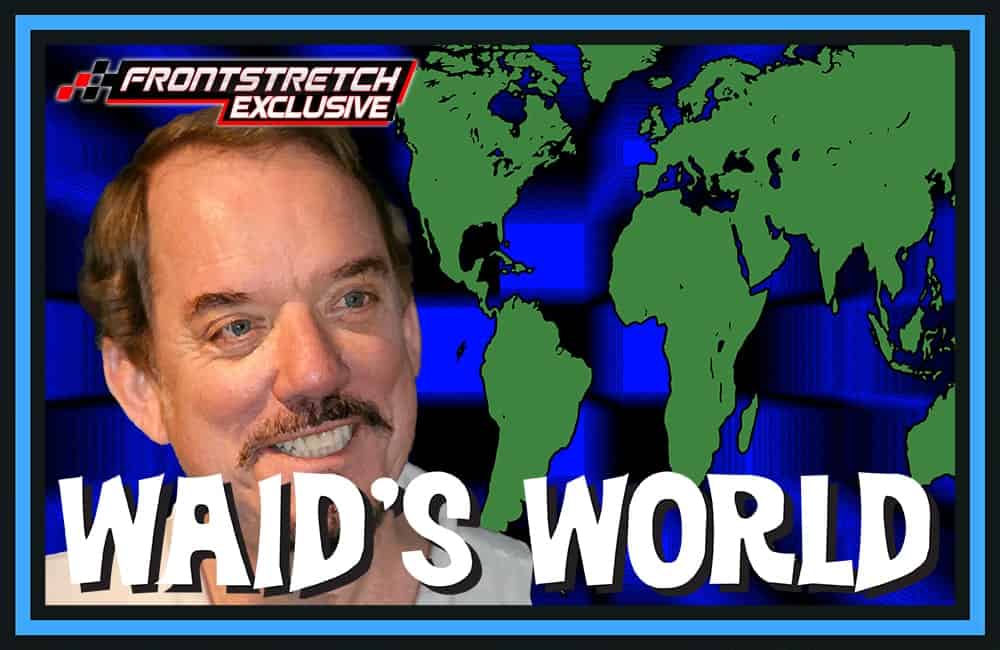After covering the 1972 NASCAR Cup Series season as a rookie motorsports writer, I thought what lay ahead couldn’t be as hectic a year as I just experienced.
The ’72 campaign was defined by the war between Bobby Allison and Richard Petty for the championship.
It had been a no-holds-barred melee in which Allison, driving for Junior Johnson, and Petty, already vastly successful as the head of Petty Enterprises, collided like gladiators fighting to the death.
On the short tracks, the two beat and banged each other so often that more times than not, their cars were lumps of smoking metal when the races were over. Sometimes Allison emerged victorious; more often it was Petty.
Fans were riveted to all of the action and quickly split into two camps – one that fell in line with Allison (and the return of Chevrolet to NASCAR) and the other with Petty, easily stock car racing’s most popular driver.
The media was run ragged. The duel provided so much controversy and hard news that to report on it all seemed an all-consuming task.
I know it was for me. At first, I was totally befuddled. I must have looked like it, because one day veteran writer Bob Myers of the Charlotte News looked at me and said, “Don’t you have any idea of what’s going on?”
I soon learned. To do my job, I had to get to know a lot of people whom I’d never met – like NASCAR officials, drivers who became involved in related on-track incidents and crewmen for both teams.
Suffice it to say that by season’s end, both Allison and Petty addressed me by my first name.
Once it was all over, and Allison won 10 races while Petty took the championship, I looked forward to a calmer 1973 season.
It didn’t happen. No, there wasn’t another war. It was quite the opposite: a season dominated by a single driver. It was the year of David Pearson.
Pearson had long since been a very successful driver and fan favorite. He had logged three championships – in 1966 with team owner Cotton Owens and in 1968-69 with the vaunted Holman-Moody team, Ford’s main, and well-funded, NASCAR entity.
In ’73, Pearson signed on as the driver for the Wood Brothers team, which, founded by brothers Glen and Leonard, had been around almost as long as NASCAR itself.
The Woods operated a bit differently than other teams of their stature. They did not compete on the full Cup schedule. They had never done it. The reasoning was that the expense to do so wasn’t…
Click Here to Read the Full Original Article at …

